Beyond Locks and Keys: A User-Friendly Guide to Home Motion Sensors
Dive into the world of home motion sensors, a significant component in modern home security systems. Explore their smart applications for a safer, smarter home.
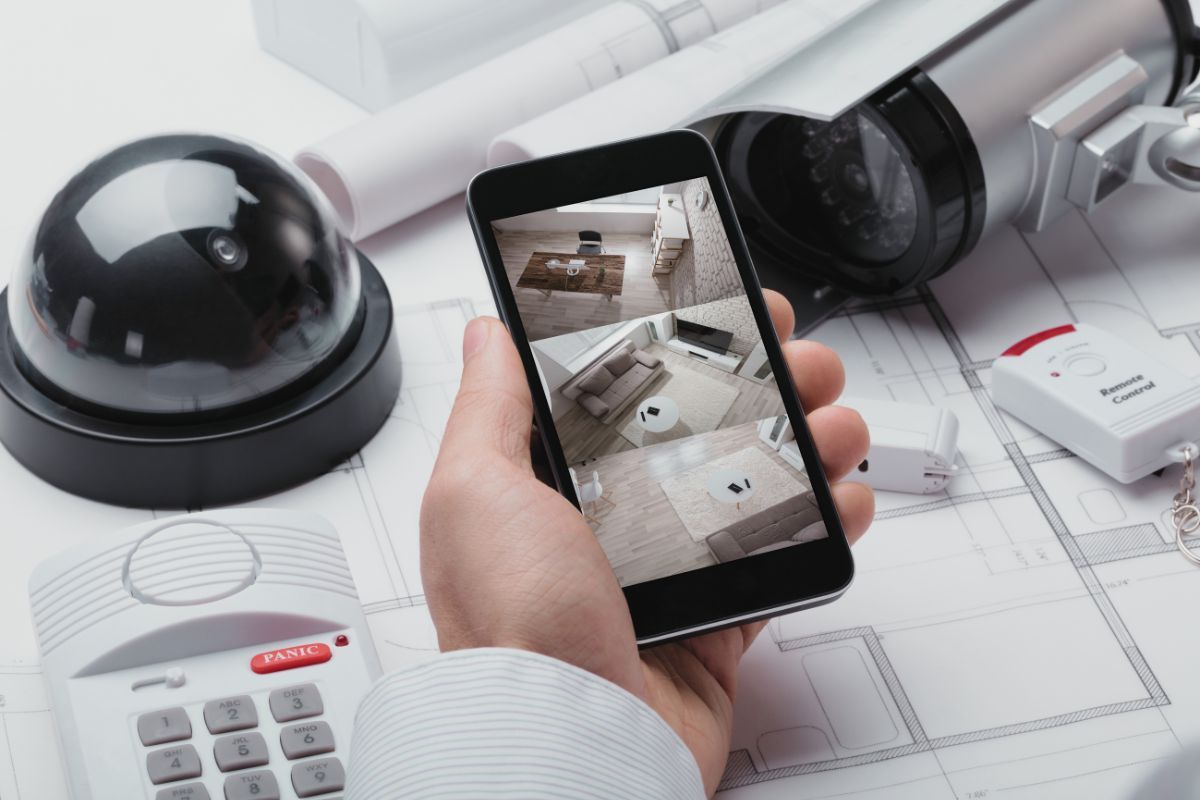
Home motion sensors, also known as motion detectors, have become an integral part of modern home security systems. These devices use various technologies, such as passive infrared (PIR), microwave, ultrasonic, or a combination of these, to detect movement in an area. When motion is detected, these sensors trigger a response – such as turning on a light or setting off an alarm – that can alert homeowners to potential security breaches.
Going Beyond Security: Aqara Home Motion Sensor
If you’re looking for a specific one, we’d like to suggest the use of Aqara home motion sensor which goes beyond security. In automation systems, they are also used to regulate lighting, heating, and other household appliances based on occupancy. Lights, for example, can be programmed to turn off when a room is empty, conserving energy and lowering utility bills.
A Look at Different Types of Home Motion Sensors
Passive Infrared (PIR) Sensors: The most prevalent type of home motion sensor is a passive infrared (PIR) sensor.
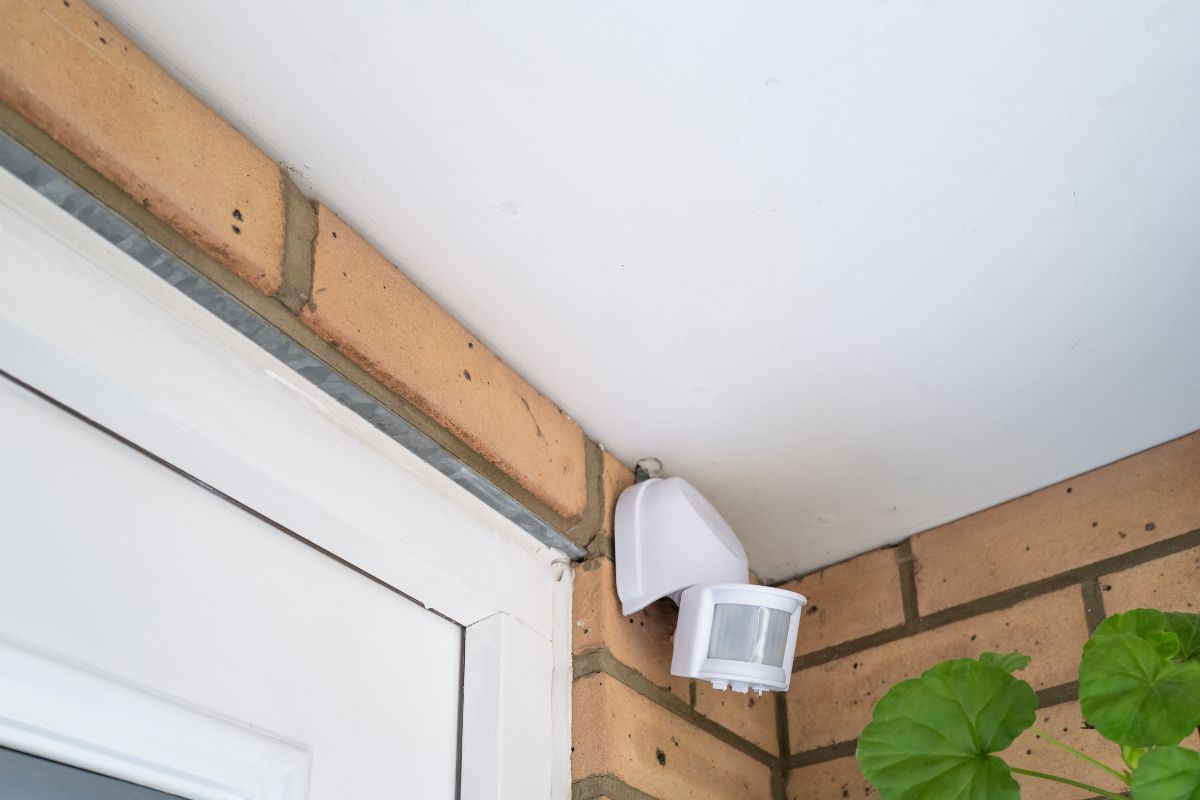
These gadgets detect infrared energy, which is produced by all living things that release heat. When an object or person enters the sensor's area of view, the sensor detects an increase in infrared radiation and initiates a response. Despite its efficiency, PIR sensors can be tripped by pets, resulting in false alerts. To address this issue, some models include pet immunity characteristics.
Microwave Sensors: Microwave sensors, on the other hand, emit microwave pulses and measure the reflected energy from a moving object. These sensors cover a broader area than PIR sensors, but they are more expensive and susceptible to electrical interference.
Ultrasonic Sensors:
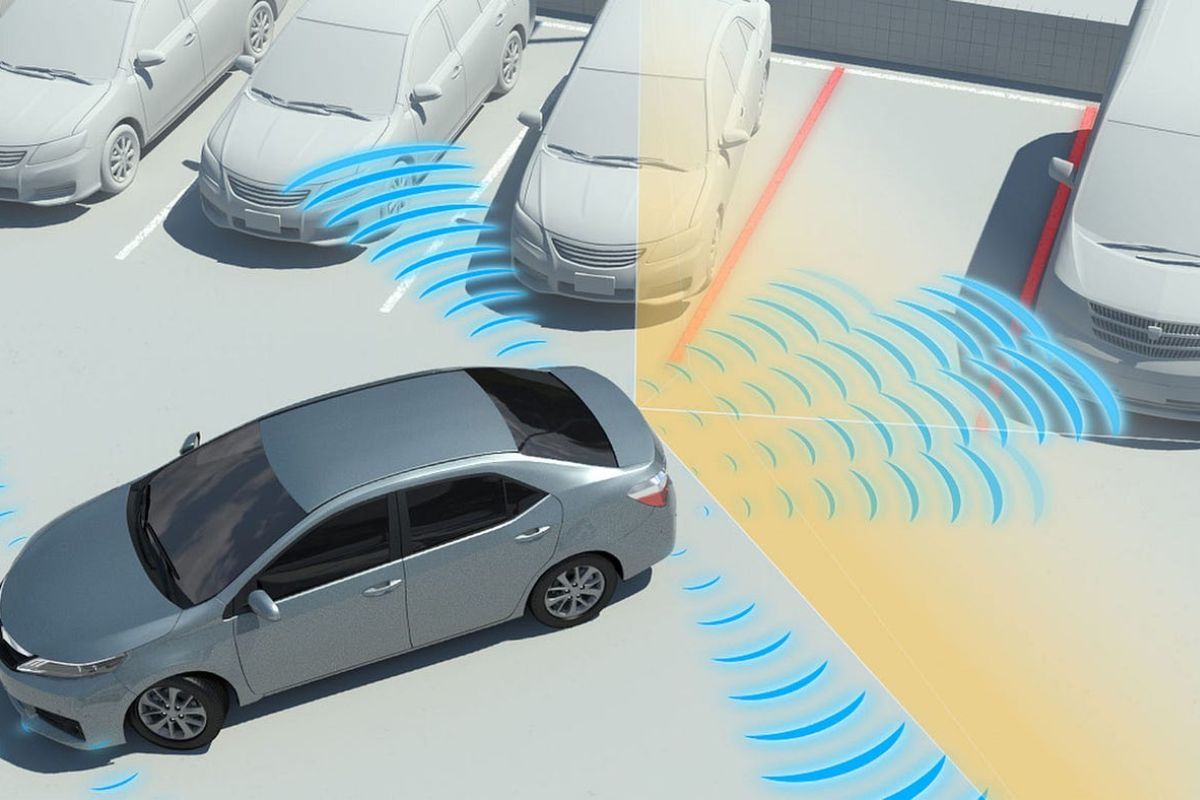
Ultrasonic sensors produce sound waves that are higher in frequency than the human hearing range and monitor the reflection of a moving object. These sensors are extremely sensitive and can detect even the smallest motions, but they can also be triggered by air conditioning systems or drapes moving in the breeze.
Dual Technology Sensors: Dual technology sensors combine two distinct technologies, typically PIR and microwave, to reduce false alarms. These sensors only respond when both sensors detect motion, providing an additional layer of security.
Selecting and Installing Your Home Motion Sensors
Several variables must be addressed while selecting a home motion sensor. The size and layout of your home, the existence of pets, and your security needs all influence which sort of sensor is best for you.
Furthermore, precise motion sensor placement is critical. Sensors should be positioned in high-traffic areas such as corridors, staircases, and near exterior doors for optimal coverage. Corners are frequently the ideal location since they allow the sensor to cover the most area.
Remember that home motion sensors are only one part of a complete home security system. To establish a multi-layered defense against possible invaders, they should be combined with other security systems such as door and window sensors, security cameras, and smart locks.
The Future of Home Motion Sensors
Though we've discussed the fundamental sorts of home motion sensors, technological progress hasn't stopped there. Newer sensor versions are being developed with smarter features and better efficiency. WiFi-enabled sensors and video motion sensors are examples of these.
WiFi-Enabled Motion Sensors: WiFi-enabled motion sensors provide remote monitoring by connecting your gadget to your home's wireless network.

If a motion is detected, you will receive an immediate notification on your smartphone or tablet, regardless of where you are. This is a very useful feature because it allows you to take rapid action in the event of a potential security breach.
Video Motion Sensors or Motion-Activated Cameras: Another example of technological breakthroughs is video motion sensors or motion-activated cameras.
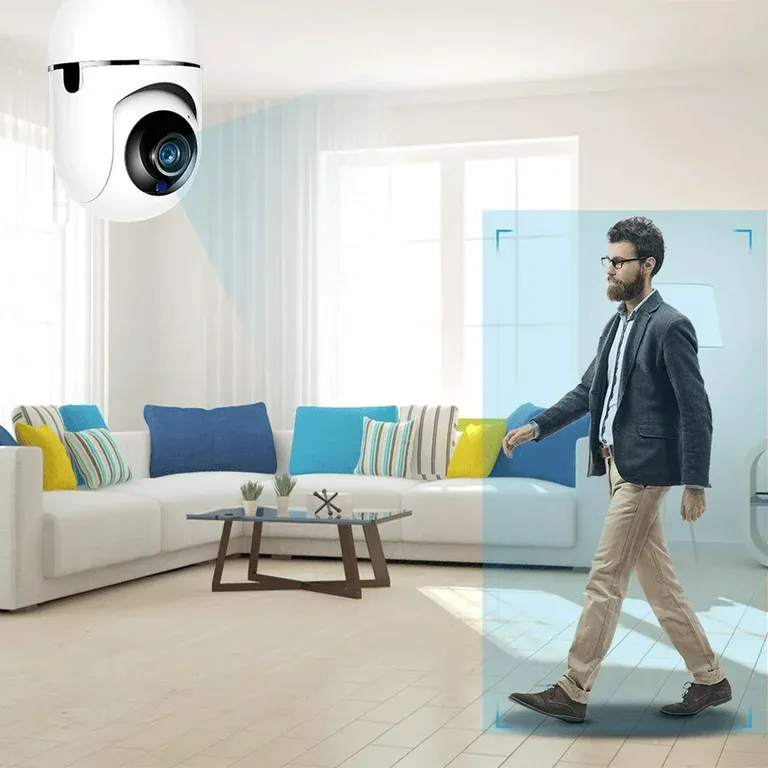
These devices combine video cameras with powerful motion detection. When these cameras detect movement, they begin recording, collecting crucial material that can be utilized for identification or proof in the event of an intrusion. To avoid false alarms, some versions include facial recognition technology that distinguishes between known family members and unknown individuals.
Integration with Smart Home Systems
Home motion sensors are also increasingly being integrated into home automation or smart home systems. They can communicate with other smart home equipment such as smart lights, thermostats, and even your favorite music system.

Consider your lights dimming to your preferred settings as you enter a room, or your favorite music starting to play as you come home from work. It's no longer only about security; home motion sensors help to create a more efficient, comfortable, and individualized living environment.
In conclusion, home motion sensors have progressed much beyond their initial role of detecting movement. They've grown into smart, versatile devices that not only improve home security but also make living more convenient and personalized. They are an undeniable tribute to how far home security technology has progressed, a huge step beyond traditional locks and keys. Their ongoing progress is an encouraging sign of even more innovative and effective security solutions to come. So, stay informed, watchful, and embrace technological improvements for a safer, smarter home.

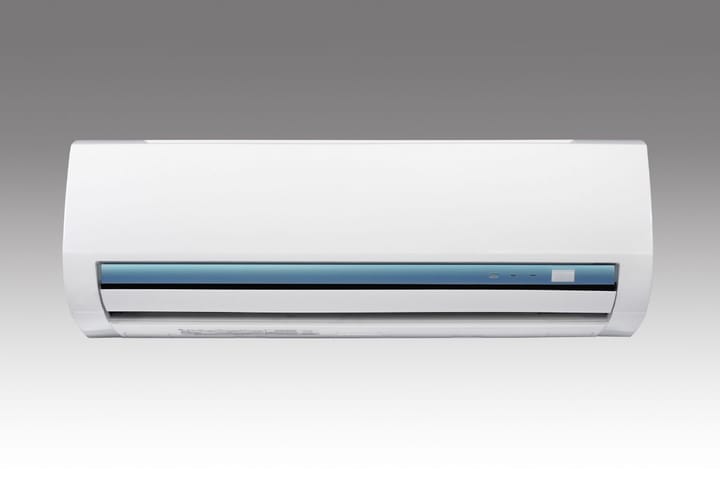
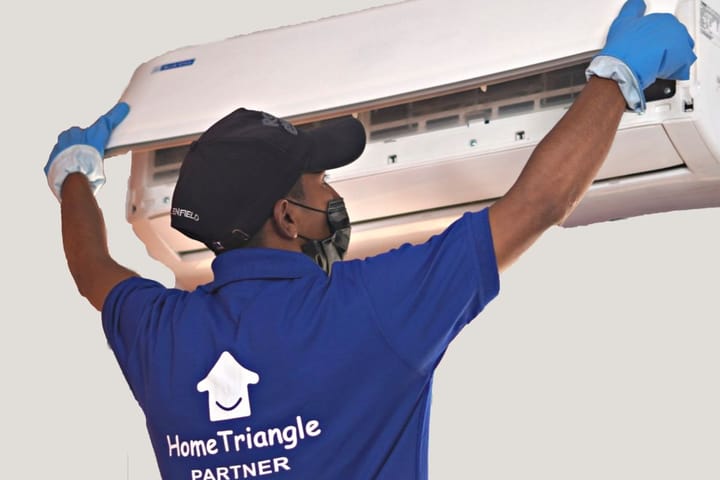

Comments ()